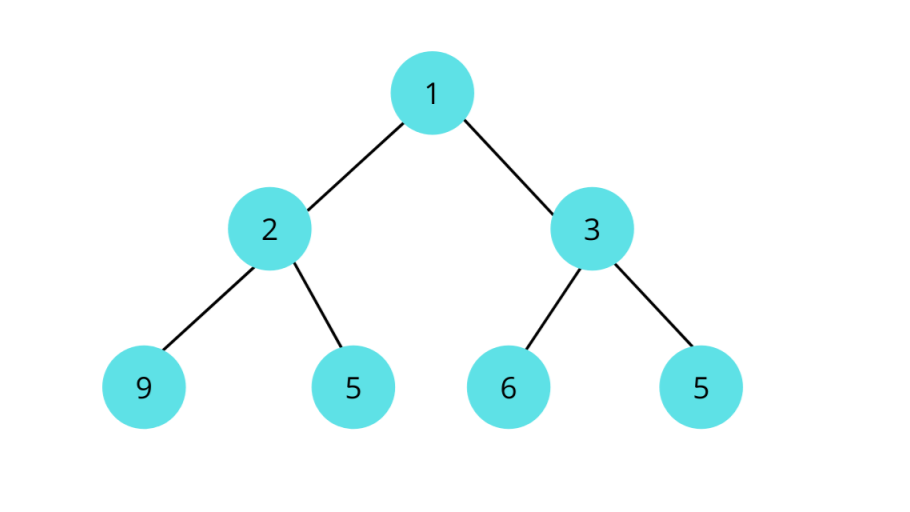
Understanding the Binary Tree Data Structure
In the world of computer science, data structures play a critical role in shaping how information is stored, accessed, and manipulated. One of the most fundamental and widely-used data structures is the Binary Tree. Understanding how binary trees work and their various applications can greatly improve your ability to design efficient algorithms and manage complex data.
What is a Binary Tree?
A Binary Tree is a hierarchical data structure where each node has at most two children, typically referred to as the left child and right child. This restriction to two children differentiates binary trees from other general trees, making them particularly useful in various computational tasks.
Key Properties:
Example Structure:
A
/ \
B C
/ \
D E
Here, node "A" is the root, "B" and "C" are children of "A," and "D" and "E" are children of "B." "D" and "E" are leaf nodes.
Types of Binary Trees
Binary Search Tree (BST): A Special Case
Among binary trees, the Binary Search Tree (BST) is a specialized version that maintains a sorted structure. In a BST, for every node:
This property enables fast lookups, insertions, and deletions. The time complexity of search, insertion, and deletion operations in a well-balanced BST is O(log n), making it a powerful tool in situations where dynamic data is involved, such as in databases or file systems.
领英推荐
Example of a Binary Search Tree:
10
/ \
5 15
/ \ \
3 7 18
In this example, for the root node 10, all values in the left subtree (3, 5, 7) are smaller, and all values in the right subtree (15, 18) are larger.
Traversal Methods
To access nodes in a binary tree, various traversal techniques are used. The most common are:
Applications of Binary Trees
Binary trees are highly versatile and used in many areas of computer science and engineering:
Conclusion
The binary tree is an elegant and essential data structure that provides the backbone for many advanced algorithms. Understanding its various types, properties, and traversal methods is critical for designing efficient solutions to complex problems. Whether you are dealing with hierarchical data, searching, or optimizing storage, mastering binary trees will significantly enhance your ability to solve a wide range of computational challenges.
By delving into more advanced binary tree variations like AVL or Red-Black trees, you can further optimize your algorithms and create even more efficient solutions for real-world applications.
Feel free to share your thoughts, experiences, or questions on binary trees in the comments!